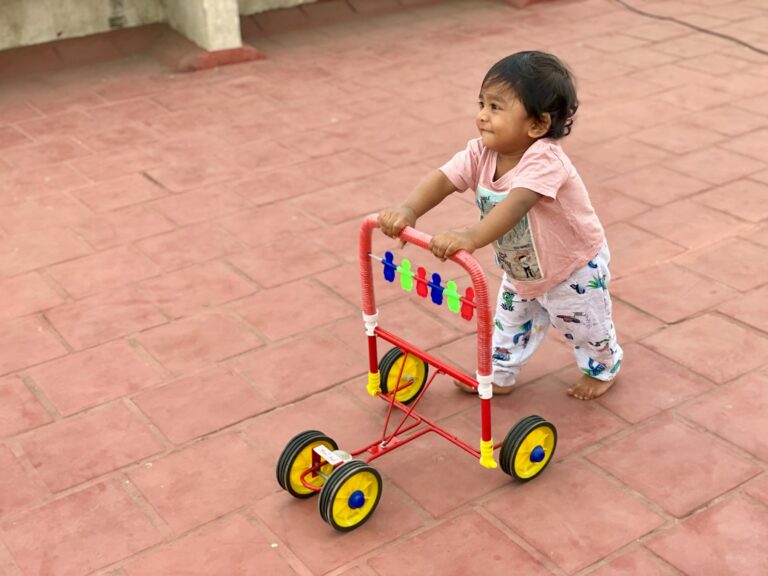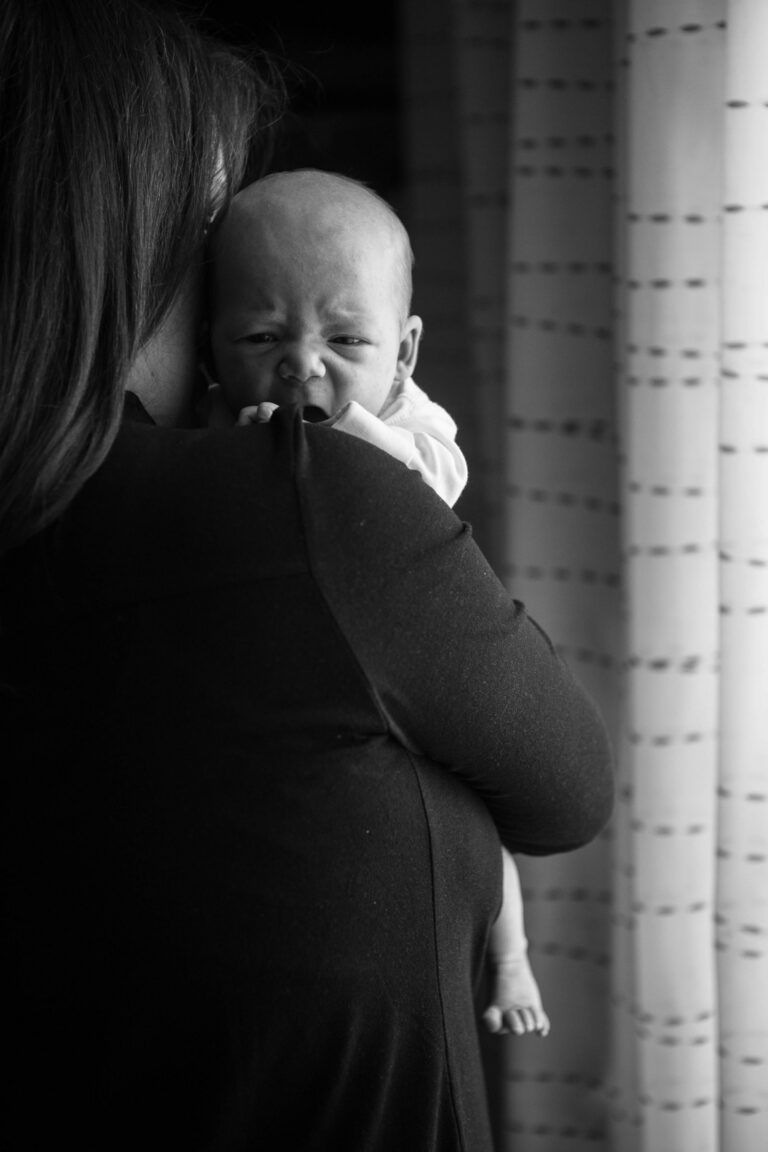Anxiety can surge like a wave when your child’s skin feels alarmingly warm, cheeks blooming with an unnatural flush, or a digital thermometer flashes numbers that seem too high. Fever in children often triggers concern; is it an emergency, or merely a sign that the immune system is working as nature intended? Every parent has felt that moment of uncertainty, trying to interpret symptoms, behaviors, and numbers on a thermometer. Let’s lift the curtain on fever in children, exploring why it occurs, what it really signifies, and how best to respond. Parental questions abound—how high is too high? When should you reach for acetaminophen? What warning signs deserve a swift call to a healthcare provider? Clarity is within reach—explained with science, compassion, and actionable advice, ensuring no parent needs to wrestle with doubt when fever in children strikes.
Understanding fever in children: the body’s defense in action
Why does fever in children happen? Beneath the surface, the child’s immune system launches into action—an orchestra of cytokines, chemical messengers that signal the hypothalamus in the brain to raise the body’s thermostat. This isn’t randomness; the higher temperature leverages the body’s internal defenses, making it harder for viruses or bacteria to multiply. Imagine a powerful built-in shield, boosting the work of macrophages (those specialized white blood cells heroically patrolling for pathogens), and recalibrating the battle zone against invaders.
Most cases of fever in children stem from viral infections: cold, influenza, or even illnesses like roseola. Occasionally, the trigger is bacterial—think strep throat, urinary tract infection, or less commonly, pneumonia or meningitis. Fever can also surface after vaccinations (a reassuring sign the immune system is learning to protect), or from non-infectious triggers such as medication reactions, inflammatory disorders, or rarely, heat stroke from excessive external warmth. Sometimes the cause seems elusive, but the body’s choreography remains unchanged: protect, defend, recover.
Curiously, normal temperature isn’t static. The day brings natural fluctuations—cooler in the morning, rising toward evening. For children, a temperature above 100.4°F (38°C), most accurately detected with a rectal thermometer, is considered a fever. Yet, the number matters less than how your child seems overall—alert or listless, hydrated or not, cheerful or inconsolable?
Recognizing the signs: symptoms, temperature checks, and behavioral shifts
Fever in children tends to announce itself—it rarely comes quietly. Parents might first notice warm, sweaty skin, maybe even shivering, or flushed cheeks radiating heat. Irritability often slips in alongside lethargy, a dip in appetite, or puzzling fussiness. These physical cues often accompany symptoms like chills, headache, cough, sore throat, or, in some cases, dehydration and rashes.
Reliable temperature checks matter. A digital thermometer—rectal or temporal artery for infants, tympanic (ear) for toddlers and older children—gives an accurate measurement. For infants under 12 months, rectal or temporal readings lead the pack. Toddlers may tolerate ear or rectal measurements best, whereas older children handle oral readings. Measuring temperature when your child is calm enhances reliability.
Consider behavioral changes—are they sleeping excessively, cranky, or less responsive? Drinking and urinating as usual? A child’s overall demeanor often speaks volumes, sometimes louder than the hottest thermometer reading.
What causes fever in children: from viruses and bacteria to less common agents
When fever in children erupts, the immediate question is always “Why?” Most frequently, viral infections take the blame: common cold, influenza, COVID-19, or less predictable viruses like roseola. These usually run their course without needing antibiotics.
Bacterial infections—think strep throat, pneumonia, urinary tract infections—may call for a different approach, often requiring antibiotics and closer observation. After routine childhood immunizations, a mild, short-lived fever signals the immune system is busy building protective antibodies.
Less familiar but important, non-infectious causes creep in: Kawasaki disease, inflammatory conditions, reactions to certain medications, or even overheating from extra clothes or a sweltering environment. Blood transfusions and rare autoimmune disorders can, too, manifest with fever. Whatever the cause, context remains king—observing the complete band of symptoms, not just the isolated fever in children.
Making sense of temperature numbers and warning signs
Numbers don’t always tell the full story—especially with fever in children. A rectal thermometer reading of 100.4°F (38°C) or higher signals medical fever in infants, toddlers, and older kids. Regardless of how you measure temperature, use the same method consistently to track patterns. Jotting down readings, associated symptoms, and times of day brings clarity, especially if symptoms stretch beyond a few days.
When does fever warrant closer attention? If the fever drags on past two to three days, recurs episodically, or comes with difficult breathing, recurring vomiting, marked lethargy, or dehydration (dry mouth, no tears, scant urine), it’s time to consult your healthcare provider. Critical red flags in infants under 3 months: any fever at all (>100.4°F/38°C) justifies prompt medical attention.
In other scenarios, watchful waiting is usually appropriate, guided by how your child appears and behaves. Instinct is a powerful ally. If something feels amiss, seeking advice is wise.
Practical home management: comfort measures and safe medication use
Relief for fever in children is less about achieving “normal” numbers and more about enhancing comfort and preventing complications like dehydration. Science backs simplicity here.
Non-medication comfort measures:
- Offer fluids frequently—water, breast milk, oral rehydration solutions, or clear soups, tailored to your child’s age.
- Dress your child lightly and avoid excess bedding. Overbundling can aggravate fever.
- Keep the room at a moderate temperature—ideally between 64.4°F and 68°F (18°C-20°C).
- Skip the cold baths or sponging; these often increase discomfort or leave your child shivering.
Medication guidance:
- Acetaminophen (paracetamol) is the gold standard for reducing discomfort, dosed at 60 mg/kg/day split into 4–6 doses. Ibuprofen fits for children over 3 months (20 mg/kg/day split into 4 doses), and ketoprofen may be considered after six months (2 mg/kg/day split into 4 doses).
- Never combine two anti-inflammatory drugs simultaneously—avoid doubling up.
- Aspirin? Not for children, unless your healthcare professional gives the green light—risks (like Reye’s syndrome) outweigh benefits.
- The golden rule: treat discomfort, not fever alone. If your child is alert, playful, and hydrated—even with a high temperature—medication may not be needed. If discomfort dominates, thoughtful use of medication helps.
Seek advice with any uncertainty. Reading medication labels and double-checking doses with your provider can offer extra peace of mind.
When to consult a healthcare professional
Fever in children is common, yet some scenarios call for prompt consultation:
- Any infant under 3 months of age with a temperature at or above 100.4°F (38°C)
- Persistent fever (over 2–3 days) or recurrent episodes
- High fever exceeding 104°F (40°C)
- Accompanying alarming symptoms: persistent vomiting, troubled breathing, unresponsiveness, seizure, or signs of dehydration (dry mouth, lack of tears, very little urine)
- Rashes that don’t blanch (“disappear briefly”) when pressed
Additional urgent signs:
- Fast or labored breathing, bluish lips or nails
- Loss of consciousness or poor responsiveness
- Mottled, marbled skin, or unexplained bruising
- Danger signals: disproportionately sleepy, stiff neck, bulging or sunken fontanelle (infant’s “soft spot”), or uncontrollable crying
If these arise, reach out directly, or dial emergency services if needed. Parental instincts are valid—when worry clouds the picture, erring on the side of caution is wise.
Complications and exceptional circumstances
Usually, fever in children resolves gently, but a few complications deserve mention. Febrile seizures, typically landing between 6 months and 6 years, can alarm: brief shaking, loss of consciousness, then rapid recovery. Witnessing this event can be terrifying—lay your child on their side, clear nearby hazards, and don’t place anything in the mouth. Emergency care is only required if the seizure exceeds 5 minutes, repeats, or recovery is incomplete.
Dehydration lurks as another risk. Warning signs include sparse urination, drowsiness, dry lips, or sunken eyes. Encourage fluids; persistent symptoms? Prompt evaluation is warranted.
Rarely, fever in children flags serious illnesses like meningitis or sepsis—non-blanching rash, profound lethargy, light sensitivity, severe headache, or breathing difficulty should prompt immediate care.
Preventing fever in children: building healthy routines
Reducing the frequency and severity of fever in children is feasible with a handful of practical habits:
- Handwashing—scrubbing with soap, especially before meals and after outings—significantly reduces contagion.
- Keep shared spaces clean, and when possible, limit exposure to others who are ill.
- Support immunity: offer balanced meals, ensure adequate nightly sleep, and promote regular physical activity appropriate for your child’s age.
- Opt for a smoke-free environment. Environmental smoke increases vulnerability to respiratory illnesses.
Developing and modeling these habits empowers children, giving them tools for lifelong health.
Myths, realities, and science-based reassurance
Voices on playgrounds, family chat groups, and even well-meaning grandparents often amplify myths about fever in children. Let’s untangle fact from fiction:
Myth: Every fever is dangerous and must be medicated immediately.
Fact: Fever in children is most often a healthy sign of the immune system at work. Only temperatures above 107.6°F (42°C) are risky—these are vanishingly rare.Myth: Teething produces high fever.
Fact: Teething can bring discomfort and mild temperature elevation, but true fever in children points instead to infection.Myth: Persistent fever that doesn’t drop with medication spells danger.
Fact: Some viral illnesses don’t yield easily—the real indicators of severity are other symptoms and overall demeanor.Myth: Cooling a child with ice baths, cold sponging, or fans helps recovery.
Fact: These practices increase discomfort or trigger shivering; comfort measures and hydration are a better investment.
Focus on evidence, observe your child as a whole person, and sidestep persistent legends about fever in children.
Key takeaways
- Fever in children is a familiar, mostly protective response to infection—often more of a friend than a foe.
- Prioritize your child’s overall wellness and comfort, not just the thermometer numbers.
- Rely on accurate, age-appropriate temperature measurement.
- Most cases of fever in children can be calmly managed at home, emphasizing fluids and comfort.
- Stay alert for warning signs or symptoms that signal a need for closer medical evaluation—especially in infants or with persistent, severe symptoms.
- Resources and pediatric professionals are available to help you make informed, confident decisions.
- For personalized guidance and free child health questionnaires, explore the Heloa app—your support hub when questions arise about fever in children or any health concern.
Arm yourself with understanding, empathy, and accurate information. Trust the science, trust your observations, and trust that support is available whenever needed.
Questions Parents Ask
How long does a typical fever last in children?
It’s natural to wonder about the duration of a fever, as each child’s recovery time may vary. Most fevers linked to viral infections in children resolve within three to four days. Sometimes, the fever may come and go before fully disappearing. If your child’s fever lasts longer than expected, especially beyond 72 hours without improvement or if it comes back after a short break, it is wise to consult your healthcare provider for reassurance and further guidance. Remember, the majority of childhood fevers are short-lived and related to mild infections.
Can teething cause a fever in my child?
While teething may cause mild discomfort and a slight rise in body temperature, it rarely leads to a true fever above 100.4°F (38°C). If your little one develops a notable fever, it’s generally due to another underlying reason, such as an infection. If you notice that your child seems particularly uncomfortable or the fever persists, it’s helpful to keep an eye on any other symptoms and reach out to a healthcare professional if you’re unsure.
Is it safe to let my child play or go outside if they have a fever?
Parents often wonder if children should rest completely or if they can return to play when they have a fever. In general, gentle rest is beneficial, but each child is unique. If your child feels alert and wants to play quietly, brief periods of calm activity in a comfortable indoor environment are usually acceptable. However, it’s preferable to avoid strenuous activities and exposure to extreme temperatures. Outdoor play can wait until your child feels better and their temperature has returned to normal for 24 hours. When in doubt, tune into your child’s energy and comfort, and allow them to recover at their own pace.
Further reading:









